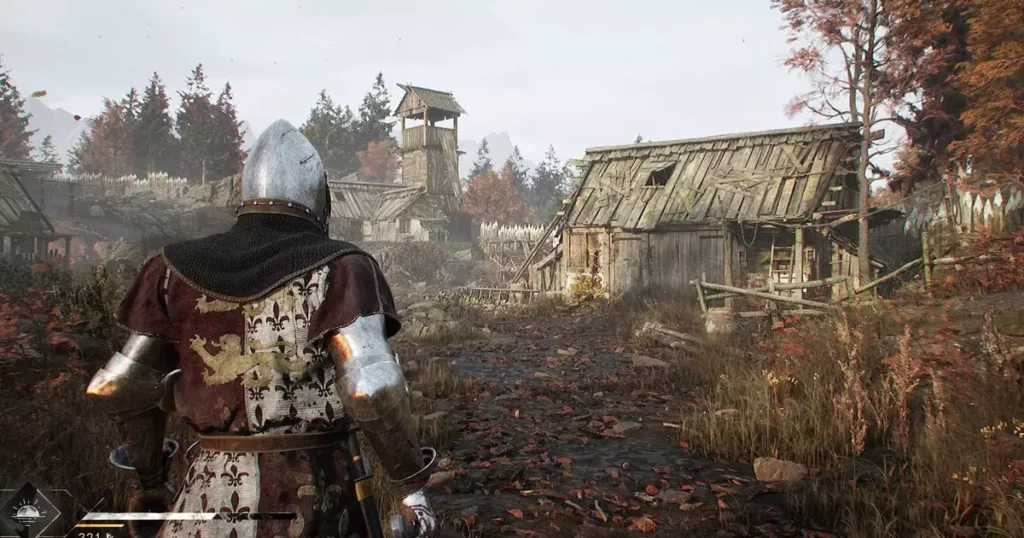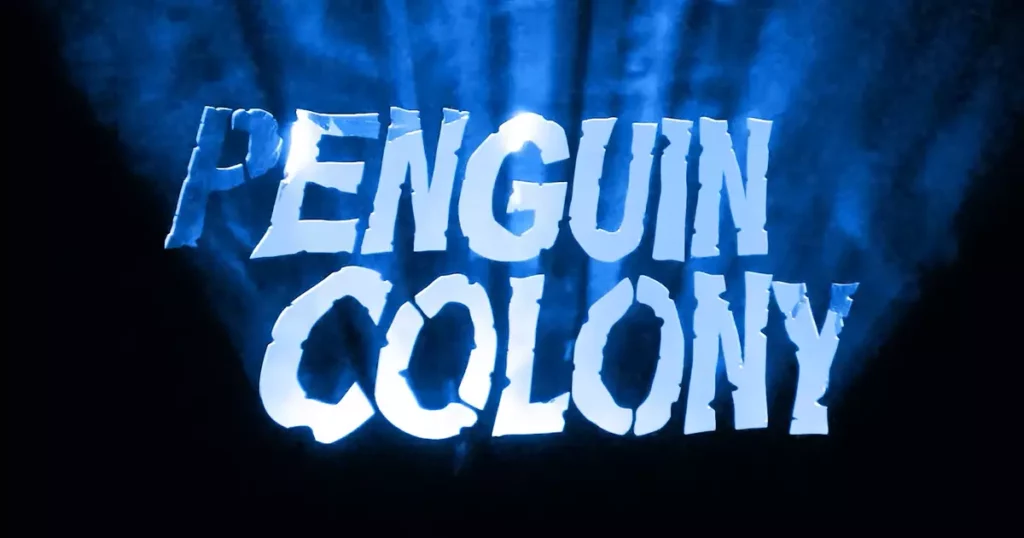In a gaming landscape increasingly dominated by sanitized narratives and formulaic gameplay, Haenir’s upcoming title, Blight: Survival, emerges as a radical counterpoint, redefining the genre with its savage heart and stark aesthetic. This project from a two-person development team stands on the precipice of something extraordinary, a turbulent journey through a world fraught with decay and desperation. The theme of survival runs deeper than merely staying alive; it explores moral dilemmas and human resilience amid decay, demanding players engage with not just the mechanics but also the dire circumstances that their avatars face.
Blight offers a grimmer reality, one that goes beyond looting and mundane survival. The complex tapestry woven into its narrative prompts players to consider what it means to exist in a space so heavy with the implications of conflict. As we descend into this dystopian landscape, we find ourselves not just scavengers, but potential storytellers, navigating a perverse blend of pleasure and terror that serves as the game’s emotional undercurrent.
Engagement Through Disarray: The Gameplay Mechanics
At its core, Blight: Survival excels through its emphasis on scavenging, aptly termed “graverobbing”. This choice of terminology captures the game’s essence and challenge. Players are not merely grabbing items for sustenance; they are retrieving pieces of a shattered world, perhaps even fragments of forgotten lives. Engaging with the world in this manner invites emotional investment, blurring the lines between in-game actions and moral implications. This guiding ethos compels players to confront the weight of their actions amidst ruin, elevating the experience beyond the mere pursuit of resources.
But Blight’s gameplay mechanics also promise to capture an essence that’s often overlooked in modern gaming: directional combat. This isn’t about mindless button-mashing; it’s an invitation to engage physically with the grotesque world that surrounds players. As you angle your sword, the deliberate nature of combat becomes a delicate ballet, intertwining the visceral thrill of battle with a skill-based approach reminiscent of titles like For Honor.
This is a breathtaking risk, especially in an industry marred by oversimplified mechanics that prioritize accessibility over depth. Haenir’s approach may well give Blight a notable competitive edge, re-establishing the importance of player agency and personal skill.
Aesthetic Depth: The Environments that Tell Stories
Should visuals merely be considered window-dressing? Absolutely not. In Blight: Survival, the inky swamps and tortured landscapes take center stage, channeling a haunting beauty akin to the atmospheres seen in A Plague Tale: Innocence. Each biome is carefully constructed, a testament to a world layered in memories and violence. These environments serve as dangerous topographies for exploration, their labyrinth-like nature echoing the complexities of human existence.
The design philosophy behind Blight intentionally aims to alienate some players, a bold choice in an era where the industry often leans towards broad appeal. Here lies a challenge worth confronting: does discomfort in gaming experience yield a sense of achievement? This game says “yes” through its rigorous focus on decision-making amidst trepidation. Pushing deeper into hostile territories comes with great risk, yet the thrill of unearthing lost spoils is what truly compels players.
Yet there’s also a manipulation of expectation here—rather than offering safe, predictable havens, the developers skillfully exploit the chaos inherent in survival, offering a perspective where struggle and failure are as gratifying as triumph.
Cultivating Community: Engagement Beyond the Screen
Haenir’s approach is notably different from many developers: they’re openly inviting community participation before the game reaches its full potential. The launch of closed playtesting opportunities indicates that the team values feedback, striving to create a title informed by the players themselves. This inclusivity enhances the overall experience, granting players a sense of ownership that is often missing in more conventional product launches.
The discourse formed around Blight isn’t merely chatter; it’s an evolving narrative shared with passionate players who recognize the immense potential this title embodies. By fostering relatability through community engagement, Haenir has effectively created an environment where players can immerse themselves in this chaotic journey long before its completion.
The Future of Innovation Lies in Fearlessness
In essence, what makes Blight: Survival remarkable isn’t solely its thematic depth or mechanics, but the creators’ audacity to navigate uncomfortable territories. They challenge the notion that video games must provide safe, predictable experiences filled with easy gratification. Instead, they present an unapologetic reminder of the stark realities that lay just beneath the surface of leisure.
As the gaming industry grapples with internal chaos and economic uncertainty, Haenir’s ambition stands as a beacon of hope, a clarion call for innovation amid market stagnation. If they can remain true to their vision while cultivating community engagement, Blight could very well transform the landscape of survival games, enticing players to embrace the lure of chaos, and confront the darkness within.









Leave a Reply